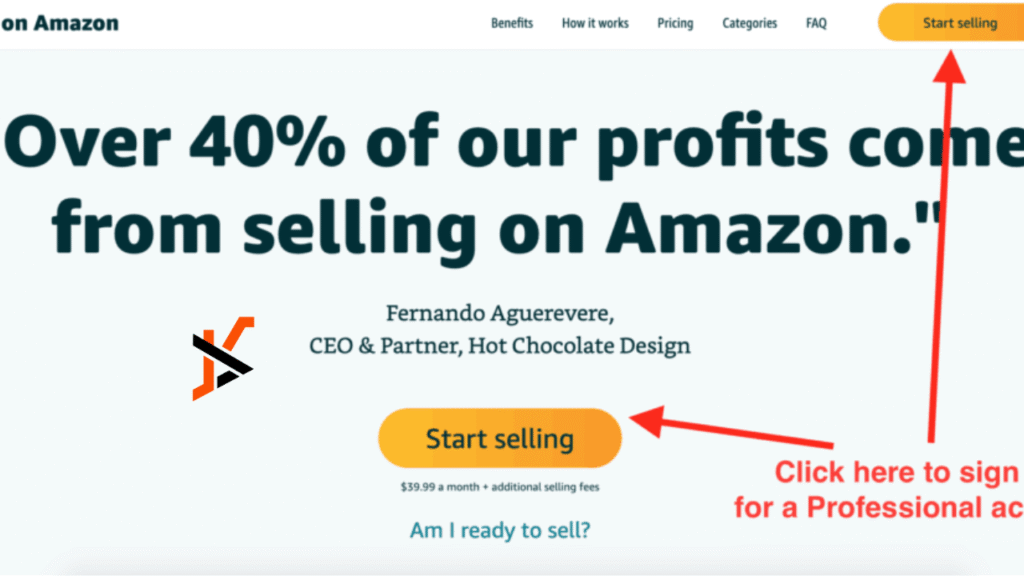Getting started on Amazon is exciting—but it often comes with a hidden cost: debt.
Maybe you front-loaded inventory, overspent on ads, or borrowed to scale quickly. You’re not alone. Many sellers begin their Amazon journey in the red.
The good news? Today’s tech tools make it possible to get your finances back on track, optimize your cash flow, and turn debt into sustainable ROI.
At Amerify, we help Amazon businesses grow smarter. This guide walks you through how to leverage technology to manage and reduce debt, even if you’re just getting started.
Why Amazon Sellers Often Accumulate Debt Early On
Before we dive into solutions, let’s normalize the problem.
Running an Amazon business isn’t cheap. Debt often stems from:
- Upfront inventory costs (especially for FBA)
- Ad spend before reviews and rankings are established
- Product development or branding expenses
- Slow payout cycles from Amazon
- Unanticipated returns, chargebacks, or storage fees
The key issue isn’t that you’ve taken on debt—it’s how you manage it.
Step 1: Understand the Nature of Your Debt
Not all debt is created equal. Start by categorizing it:
| Type | Example | Strategy |
| High-interest debt | Credit cards, personal loans | Pay down aggressively |
| Growth-oriented debt | Amazon working capital, inventory financing | Optimize ROI before repayment |
| Operational debt | Supplier invoices, software costs | Track + manage with automation |
Step 2: Get a Clear Picture of Your Numbers (In Real Time)
One of the biggest mistakes new sellers make is relying solely on Amazon’s dashboards. While helpful, they’re not built for full financial visibility.
Use tech-enabled accounting and tracking tools such as:
- QuickBooks Online or Xero – Sync bank accounts, categorize expenses, and track repayments.
- Sellerboard or A2X – Break down profitability by SKU, ad spend, and Amazon fees.
- InventoryLab – Offers real-time profitability reports and integrates with your FBA inventory.
At Amerify, we often start with clients by connecting their data sources to a clean, centralized dashboard. Why? Because you can’t manage what you don’t measure.
Step 3: Automate Where You Bleed Money
Your two biggest debt accelerators?
- Poor PPC management
- Over-ordering or under-pricing inventory
Use automation to:
- Optimize ad campaigns with tools like Perpetua or AdBadger
- Set dynamic pricing rules using repricers like Aura or RepricerExpress
- Forecast inventory accurately using SoStocked or RestockPro
These tools don’t just save time—they cut unnecessary costs, improve margins, and help free up cash to pay down debt faster.
Step 4: Build a Tech-Backed Debt Repayment Plan
It’s not enough to want to pay off debt. You need a plan that adapts with your business.
Here’s how to set one up:
- Use a budgeting app (e.g., YNAB or Wave) to allocate a percentage of each payout to debt.
- Create a cash flow forecast using tools like Float or Futrli to avoid getting caught off guard by Amazon delays or seasonal dips.
- Pay off high-interest debts first, while ensuring you’re reinvesting enough to stay competitive.
At Amerify, we help clients find that balance—paying down debt without starving their growth.
Step 5: Don’t Go It Alone—Use Strategic Support
Technology is powerful—but pairing it with expert guidance is where the transformation happens.
Here’s how we support sellers at Amerify:
- PPC analysis & ad optimization to increase ROI
- Profitability reviews by SKU to eliminate poor performers
- Cash flow planning to avoid overextension
- Data syncing across your tools for clarity and control
Our goal is to help sellers shift from reactive decisions to proactive financial growth, powered by the right systems.
From Red to ROI: What That Looks Like in Practice
Let’s say you’re $10,000 in debt due to initial ad spend and inventory. You’re generating sales but cash is tight.
Here’s a simplified path to turn things around:
- Identify top-selling SKUs with strong margins
- Cut unprofitable campaigns using an ad optimizer
- Reduce reorder waste with smarter inventory forecasting
- Use a percentage-based system to allocate profits toward debt
- Build 60-90 day cash flow projections to plan repayment milestones
Within 3-6 months, many sellers see consistent profitability, improved creditworthiness, and enough cushion to reinvest confidently.
Final Thoughts: Smart Tech, Smarter Sellers
Debt doesn’t mean failure—it often means you took a risk to grow. The difference between drowning in it and mastering it? Technology and mindset.
With the right tools, structure, and support, you can move from red to ROI—faster than you think.
At Amerify, we don’t just help you sell—we help you build a business that lasts.
Want help optimizing your Amazon performance and improving your margins?
Let’s talk. Our team can help you get your business back on track—with the right strategy and tech stack to grow smarter.

